1. What is a community of practice?
“Communities of practice are groups of people who share a concern or a passion for
something they do and learn how to do it better as they interact regularly.”
(Etienne and Beverly Wenger-Trayner, 2015)
The community of practice website lists the following description:
- A community of practice (CoP) is a group of people who share a common concern, a set of problems, or an interest in a topic and come together to fulfil individual and group goals.
- Communities of practice often focus on sharing best practices and creating new knowledge to advance a domain of professional practice. Interaction on an ongoing basis is an integral part of this.
- Many communities of practice rely on face-to-face meetings and web-based collaborative environments to communicate, connect and conduct community activities.
The characteristics of a community of practice are:
- A shared interest, competence and commitment create a common ground that inspires members’ learning and gives meaning to their actions.
- Participants engage in joint discussions, problem-solving, relationship-building, actions, and collective learning.
- Members are actual practitioners or actors within their topic of interest and develop a shared repertoire of new ideas and options for actions and processes.
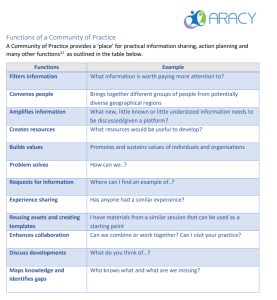
(Source: A quick guide to Establishing a Community of Practice,
Australian Research Alliance for Children and Youth)
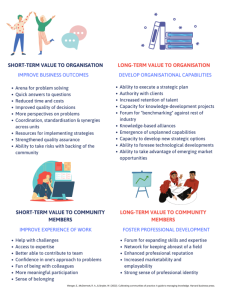
(Source: A quick guide to Establishing a Community of Practice,
Australian Research Alliance for Children and Youth)
Starting a community of practice: key steps
To start a community of practice, follow these steps:
- Understand climate justice and share climate justice knowledge
- Finding partners:
- Climate justice sctors: Use the provided list to find local, national, and international partners.
- Advisory groups: Form or connect with Aboriginal and Lived Experience Advisory Groups, ensuring fair and paid participation.
- Define the climate justice root causes you want to focus on: Address root causes using a problem determination tool.
- Set goals: Research existing efforts and set your objectives.
- Identify a facilitator: Choose a leader for the community.
- Design activities: Plan events and processes.
- Establish a collaborative space: Set up a place for interaction. Use models like Sociocracy for effective collaboration. Watch the introductory video on Sociocracy for more details.
(Based on Source: Community of Practice)
2. Sociocracy
“Sociocracy is a governance system, just like democracy or corporate governance methods. It’s best suited for organ
isations that want to self-govern based on the values of equality. Some people refer to sociocracy as Dynamic Self-Governance or
simply Dynamic Governance.”
(Source: Sociocracy)
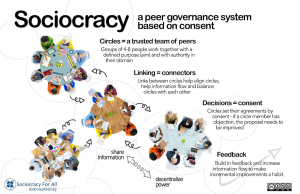
(Source: Sociocracy)
The Seven Principles of Sociocracy

(Source: A Practical Guide to Sociocracy)
3. Collective action
Collective action is vital for driving change in the fight for climate justice, particularly in challenging systems of oppression that disproportionately affect systemically marginalised communities. By uniting diverse voices, especially those from systemically marginalised groups, collective action harnesses a wealth of knowledge, experience, and resilience that is often overlooked. This collaborative effort not only strengthens advocacy for equitable policies but also amplifies the leadership and solutions proposed by those most affected by climate injustice. Through solidarity and shared purpose, collective action empowers systemically marginalised communities, ensuring that their perspectives and solutions are central to achieving a just and sustainable future for all.
Read more:
Why coalition building isn’t about the coalition: Listening, leading, and making change happen
Creative Coalitions, a handbook for change
4. Case studies
Collaborative Action Framework
First Nations Clean Energy Network
Darebin Neighbourhood House Network Climate Action and Resilience Plan
The Darebin Neighbourhood House Network fosters social and emotional health, implementing programs for physical wellness, advocating for, respecting and preserving the natural environment, and promoting economic and educational inclusivity.
“In 2022, our network came together to identify clear objectives to build sustainable and resilient neighbourhood houses and local
communities based on our strengths and our community’s needs. Our deep, diverse and long-standing connections within and across the municipality and
resultant unique knowledge mean we are well-placed to play a meaningful role in building local climate action, resilience and sustainability.”
5. Find your Partners
Talk to your networks and undertake desktop research to identify organisations and projects already active in this space.
Find more organisations and projects involved in climate justice and resilience by following this link.
Subscribe to the Climate Justice and Resilience Toolkit Network Updates to receive relevant information.
- The Climate Justice Union is a member-based organisation working together to accelerate the transition to net zero emissions and prepare for and adapt to climate change impacts while taking care of people and place.
- WA Council of Social Services runs several projects and engages in advocacy related to climate justice, such as the Heat Vulnerability Project, Fair Food WA and Disaster Resilience.
- The Australian Council of Social Service (ACOSS) has worked with the community sector, climate movement, unions, researchers, and people with lived experience of disadvantage to develop a Blueprint Framework for Fair, Fast and Inclusive Climate Change Action.
- Climate Action Australia has listed several organisations that are at the forefront of climate justice. Those include organisations such as the Australian Youth Climate Coalition, Climate Reality Project, Seed, Planet Ark and the First Nations Clean Energy Network.
- Climate Council Australia: is an independent, non-profit organisation providing information on climate change. They aim to share scientific data, the impact of climate change on Australia and solutions to address it. Their work engages the public, policymakers, and businesses in understanding and addressing climate change challenges.
- Climate Action Network Australia (CANA): This is an organisation network that promotes climate advocacy where non-profit organisations can collectively join for action on climate change.
- Find more information on climate justice actors at the Commons Social Change Library.
Read more
Introduction to communities of practice a brief overview of the concept and its uses | Etienne and Beverly Wenger-Trayner, June 2015
Coalition Building: Start Here | The Commons Social Change Library
“Everyone knows the principle behind collective organising is that when people work together, they are stronger than those working alone. But this principle also applies to organisations. – Amanda Tattersall”
House Meeting Handbook: Harnessing the Power of Personal Networks and Storytelling to build Leadership and Support for your Campaign | The Commons Social Change Library
“House meetings utilise the power of personal networks and public narrative to build relationships, energise supporters, and persuade those who might be interested in becoming more engaged to step up and take action.”
Movement as Network: Connecting People and Organizations in the Environmental Movement | The Commons Social Change Library
Network Building Canvas | The Commons Social Change Library
